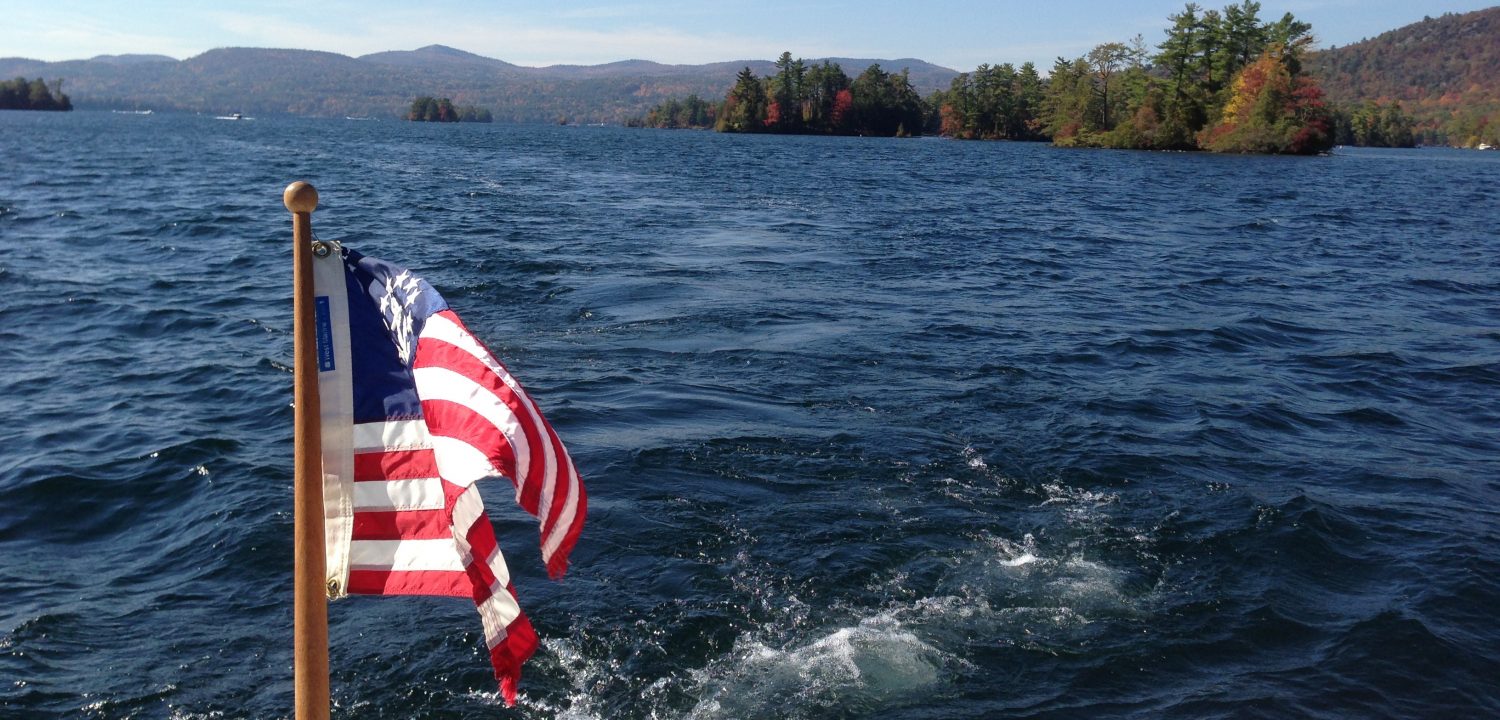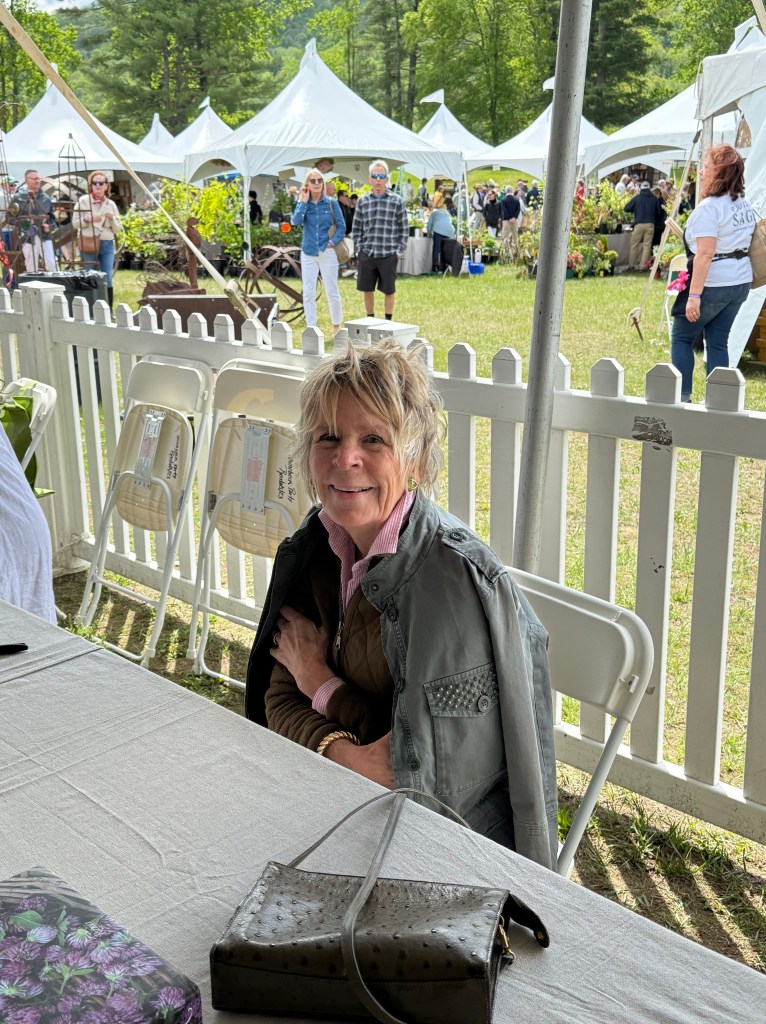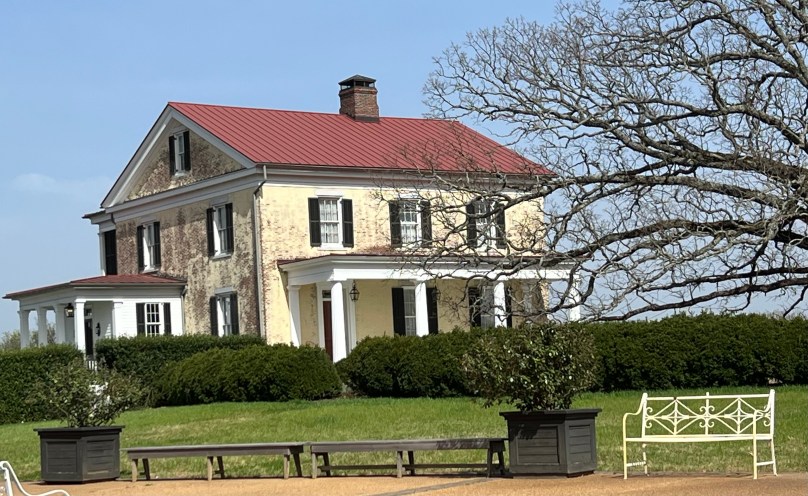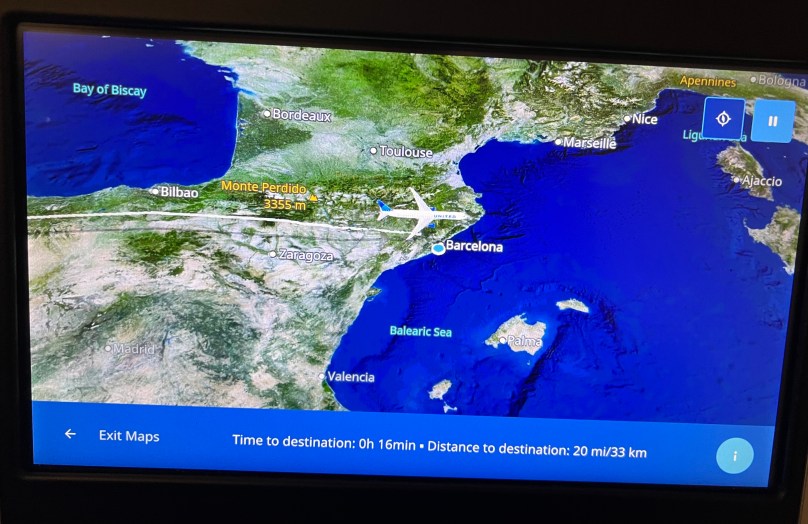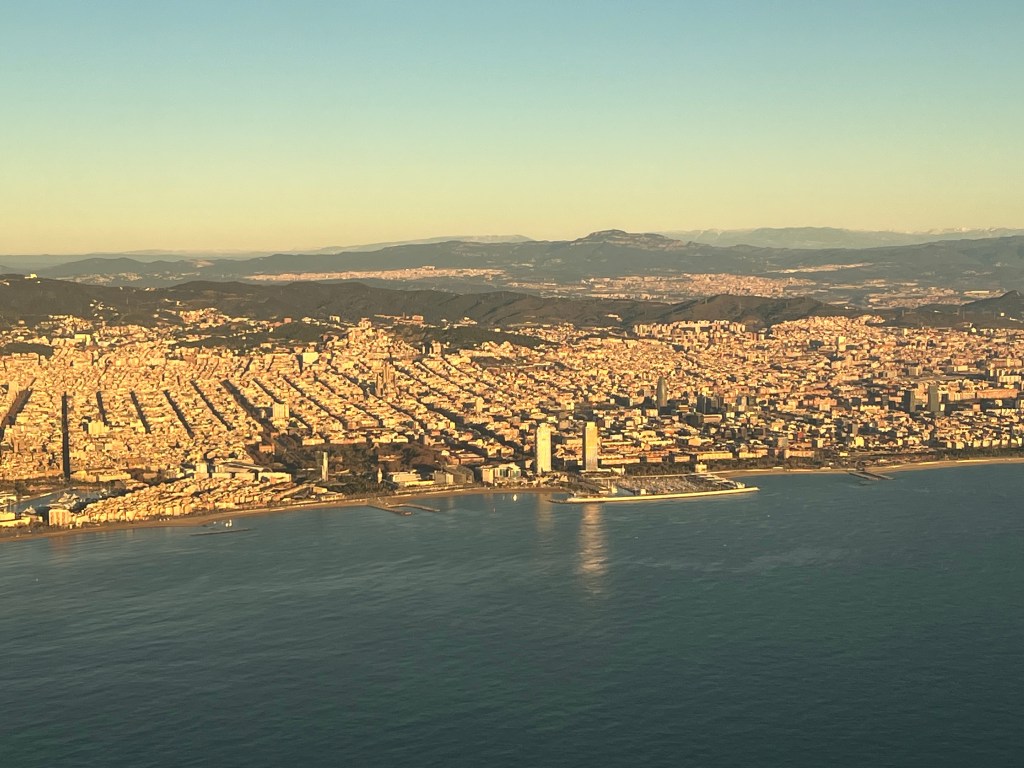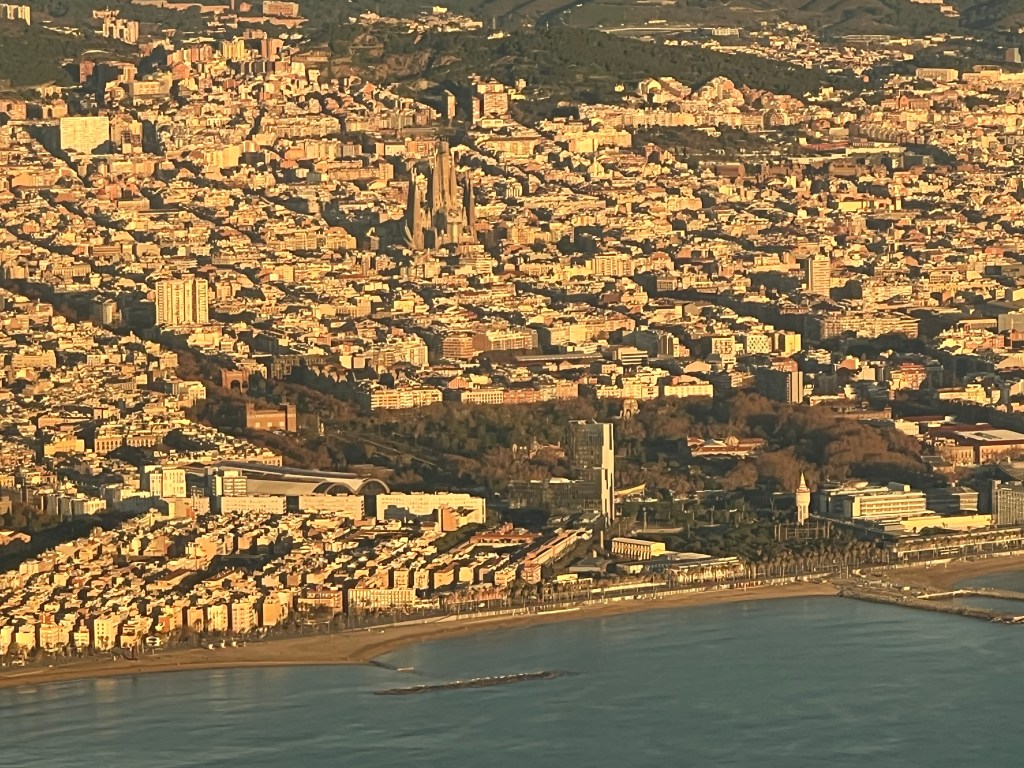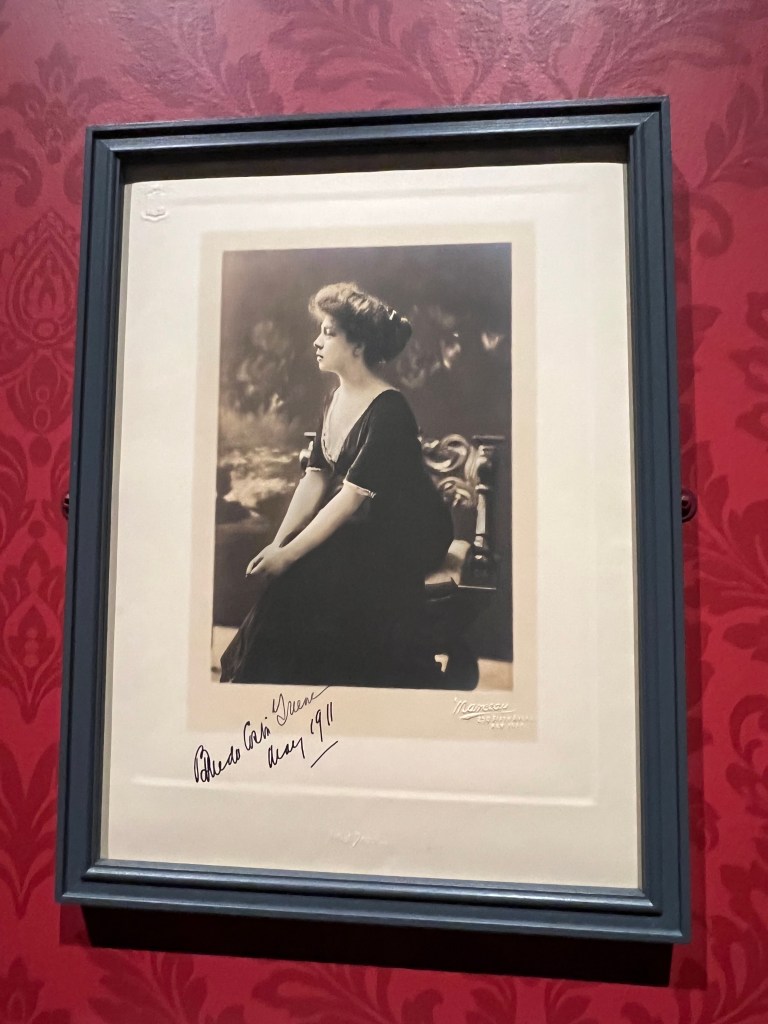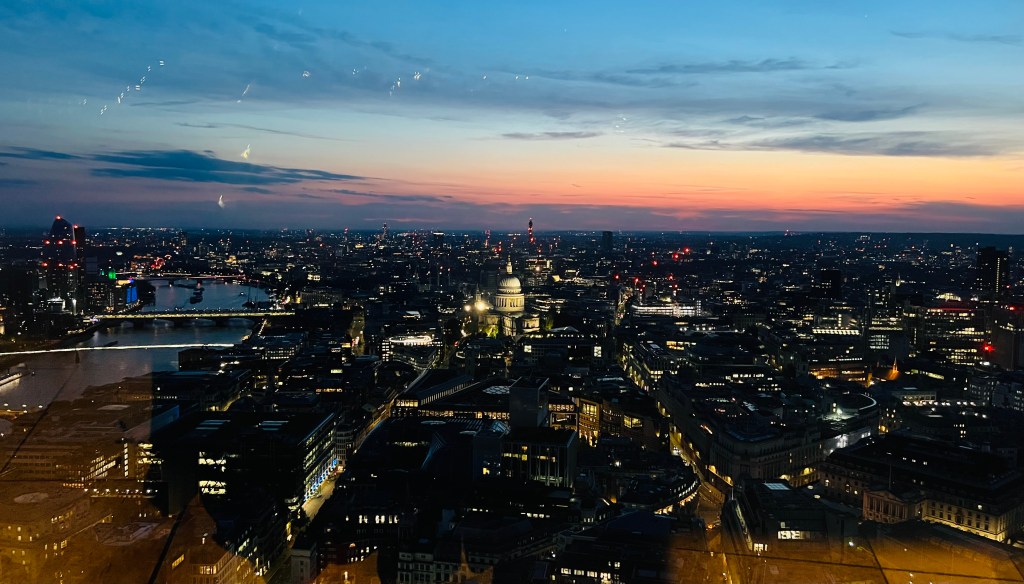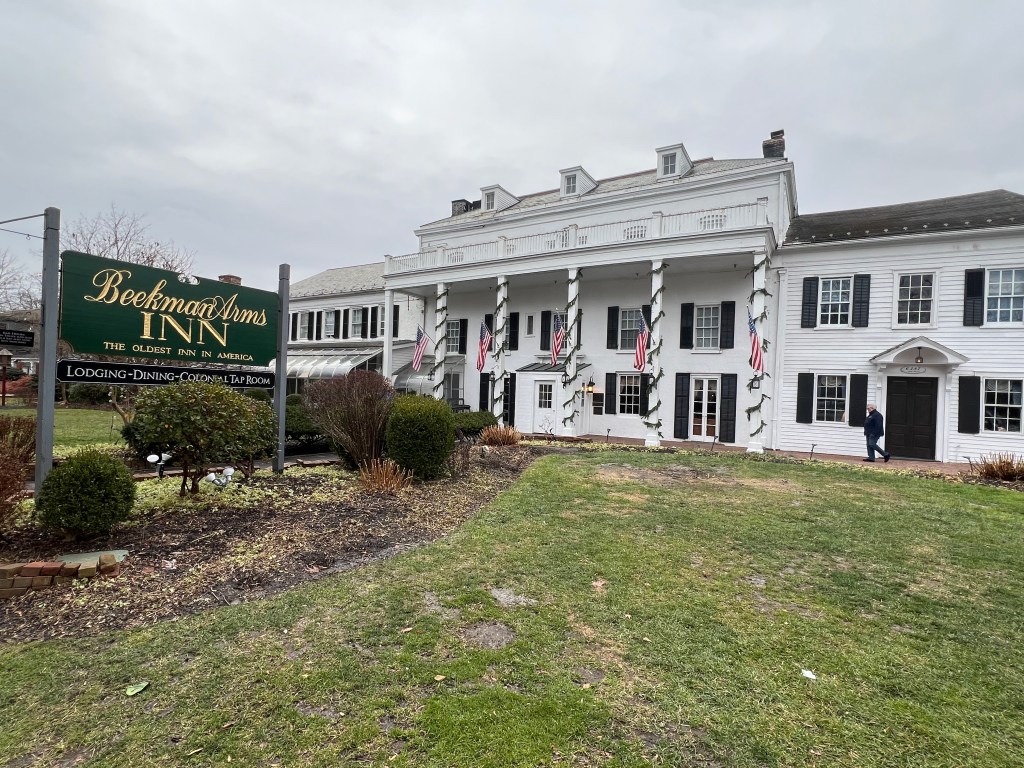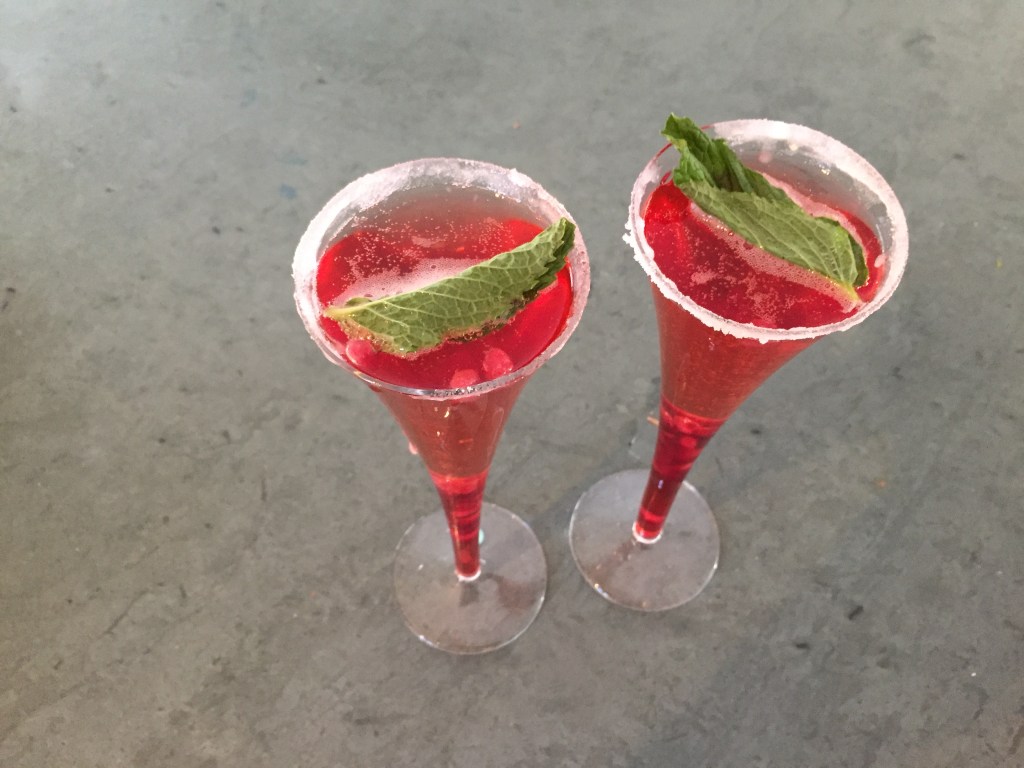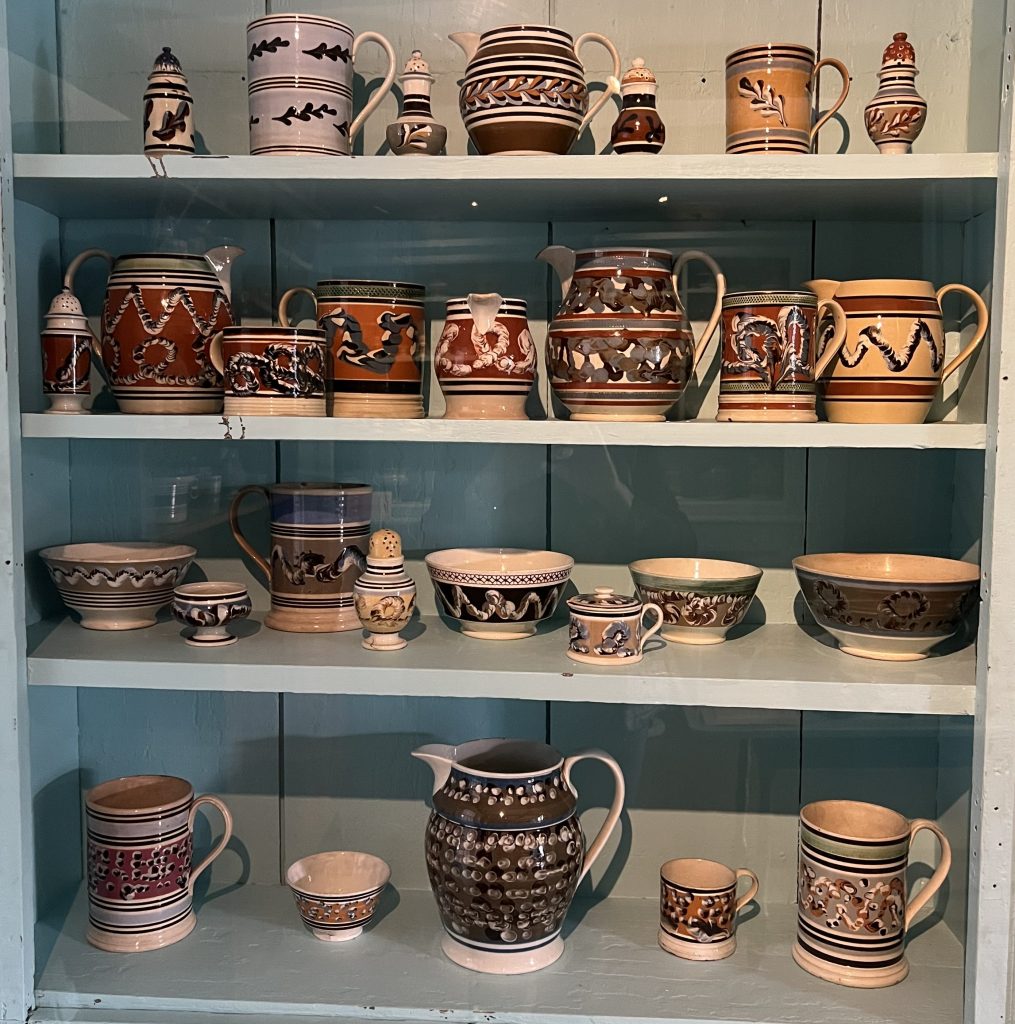by Sandra Hutchinson
The blockbuster film Jaws, was released on June 20, 1975, fifty years ago today. I’m reposting here the article I wrote in 2023 about the filming of the movie on Martha’s Vineyard in 1974.
In the spring of 1974, a young 27-year-old director named Steven Spielberg began filming Jaws on the Massachusetts island of Martha’s Vineyard. Universal Studios had recently bought film rights to Peter Benchley’s not-yet-released thriller about a killer great white shark that terrorizes the fictional New England Amity Island.
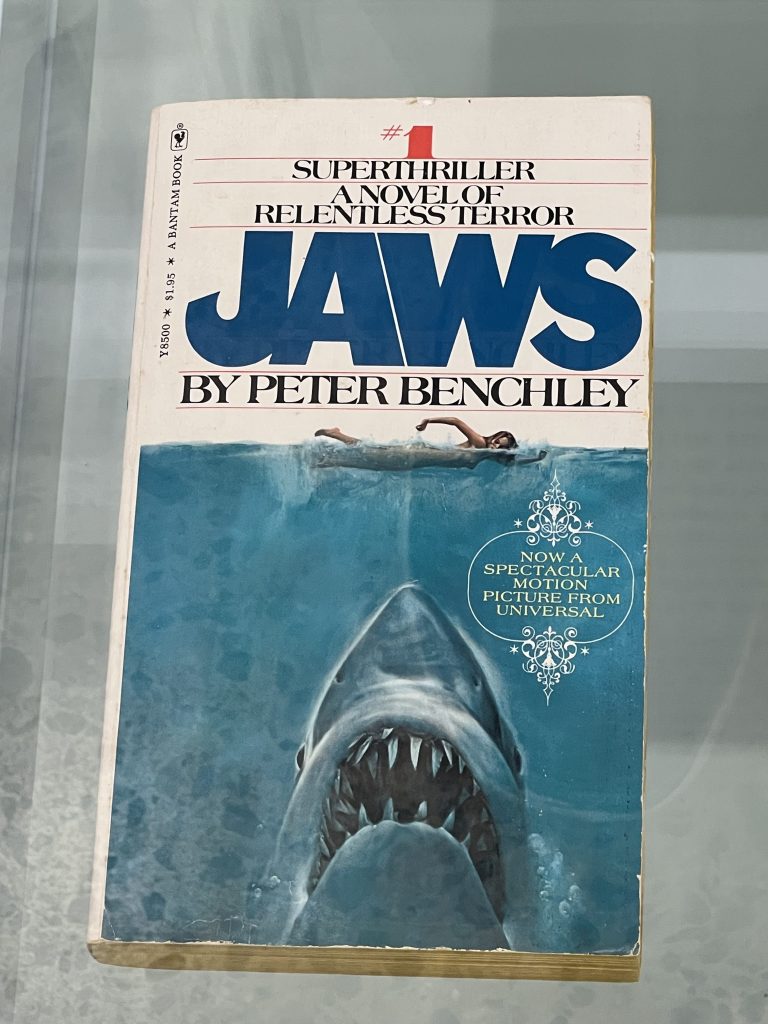
The Martha’s Vineyard Museum, in Vineyard Haven, is currently hosting a “mini-exhibit” on the filming of Jaws, on display until March 24, 2024. I had a chance to visit in August, 2023. Here are some highlights.
Continue reading